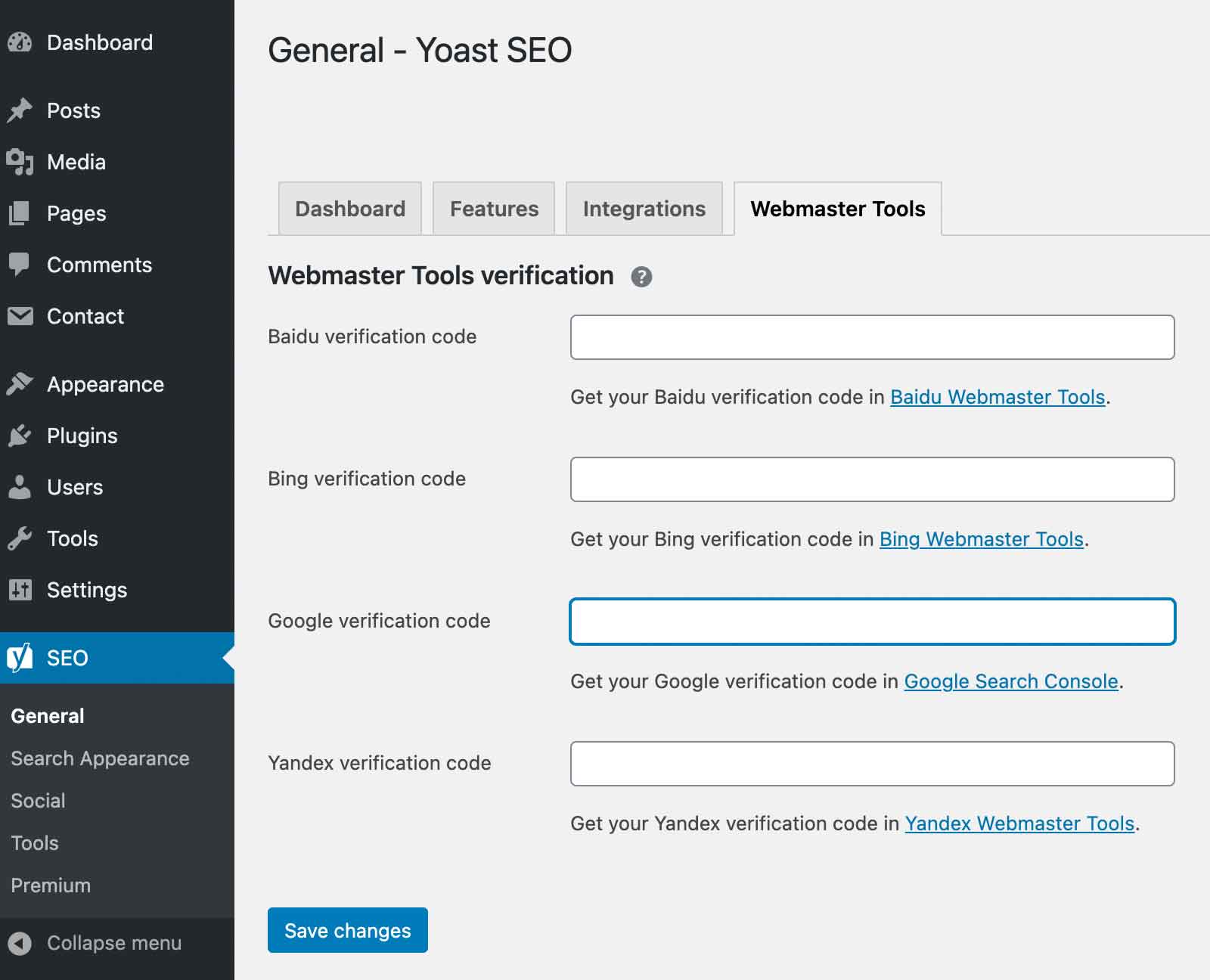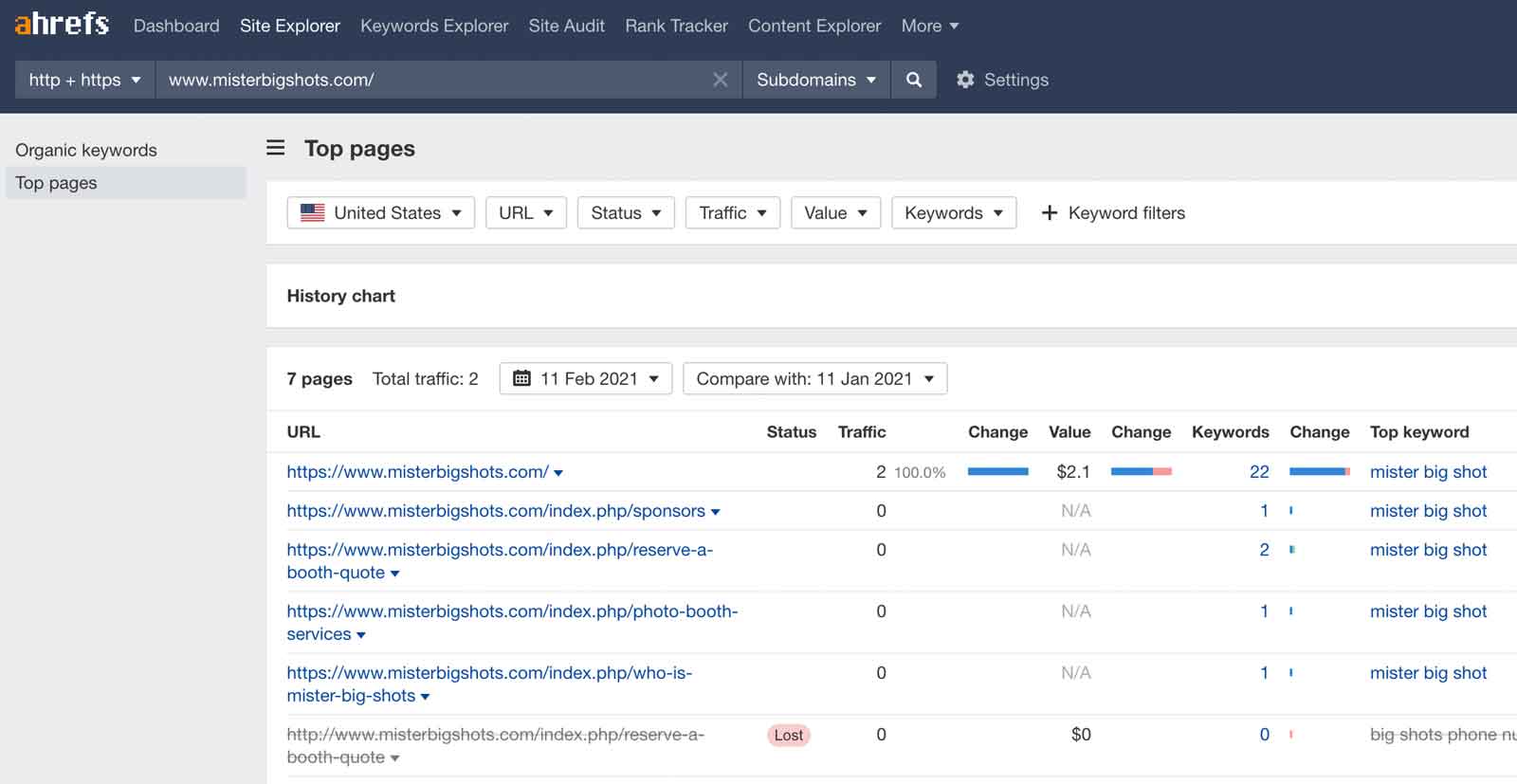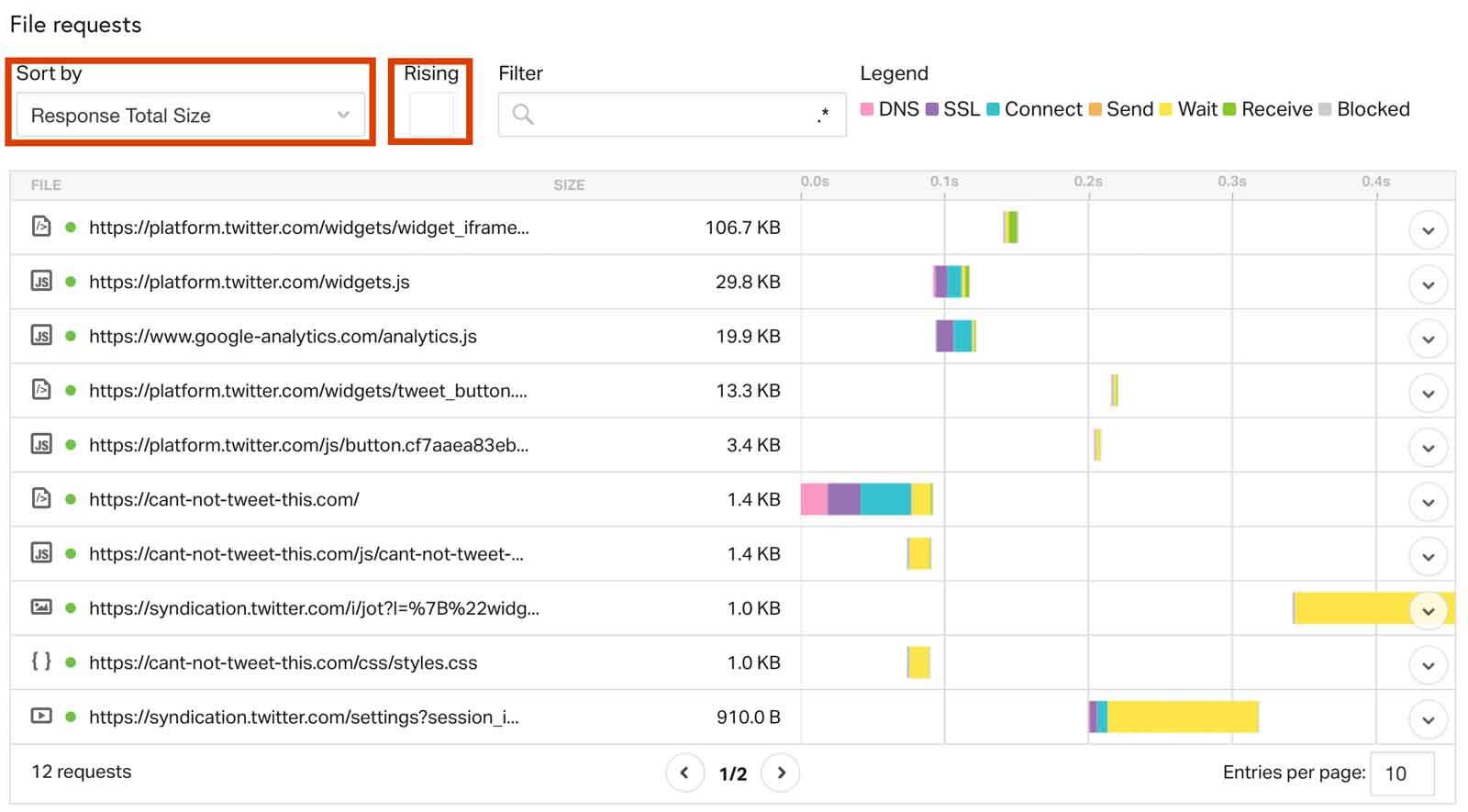Building a WordPress Blog That Performs Well in Search Results
Here is a list of basic things to do when setting up a new WordPress blog so that it performs well in search results.
This assumes you’ve already chosen a them and setup the blog, but that it may not have gone live yet. This article covers adding certain WordPress plugins like Yoast and Schema, properly setting up Title and Description meta information, setting up Google Analytics and Google Search Console, content length, outbound links, simple ways to test speed, and more.
WordPress plugins
Plugins to be included in any WordPress installation include:
Meta information
Make sure of the following:
- The main search phrase is in the page title.
- A variation of the main search phrase is in the meta description. For example, if your main search phrase for the site is Acme Explosives then the page title should have the words “Acme Explosives” in it. But the meta description shouldn’t just be “Acme Explosives”, it should be “Acme Explosives creates more bang for your buck…”.
Google products
The following Google products should be setup. Once they are setup they can be configured within WordPress.
Configure Google products
Since you now have Yoast installed, we suggest reading the beginners guide to Yoast SEO if you haven’t yet.
One of the first things you should do is head to the Webmaster Tools tab in Yoast and add the Google Verification Code. Make sure you are logged in to Google Search Console in another browser tab. To get your code click the words Google Search Console from within Yoast. See image below.
Search appearance – Schema using Yoast
On the left sidebar, under the word “Yoast” in WordPress look for “Search Appearance”. Click it. Under the General tab you will see Knowledge Graph & Schema.org. If the site is for a person, select “Person”. If the site is about an organization select that.
If you have selected “Person” there will be a blue link below that says “Update their profile to make sure the information is correct”, click that. You will be taken to the Profile page on the WordPress site. Scroll down to where it says First Name, Last Name, etc. Fill out as much information as you can.
Make sure you enter the Facebook URL, Instagram and the rest if you can. This will be used to automatically populate Yoasts’ version of Schema for a Person. Specifically, the URLs you provide will be used as “SameAs” declarations in the schema markup that will tell Google and other search engines what other sites are associated with the person.
Other forms of schema
You’d installed the plugin Schema & Structured Data for WP & AMP earlier. This is used for specialty schema. For example, schema for churches, apartments, playlists, articles, and many more. It goes well beyond Yoasts basic schemas. If you don’t need to use it for additional schemas then don’t worry about it. We like to load it anyway because we want to get as much schema into a site as we can to improve the chances of the site ranking well.
If it’s not a new domain (optional)
Saving existing links
We don’t want to waste links from an old site. If an old domain has links going to it from another site, and the pages are no longer there, the link juice can be lost.
An example of how this might happen
Often someone may have two or more domains pointing to one website. For example, someone who owns acmeexplosives.net and acmeexplosives.com, and acmeexplosives.com is the main website, then the .net version may be redirected to the .com site.
If the .net site was ever live in the past, and was then redirected to the .com version, the .net version may have links going to it. We would not want to waste those links. That means finding any old links and then using the 301 redirect plugin to redirect those to new pages once the new site is up.
To identify old links use Ahrefs (if you have it). Search the URL and then click “Top Pages” in the left sidebar. You will see a report that looks something like this:
You’ll see in the image above that there are URLs that end in /index.php/sponsors etc. Imagine if there used to be a page there, but there isn’t now in the new site. To fix this we use a plugin to perform a 301 redirect to another page on the site.
Once you setup a 301 redirect from the old (dead) page you found using Ahrefs, to some other page on the site, Google will follow the redirect to the new page and will not drop it from the search index. At least, it shouldn’t.
Wayback Machine to find old content
Use Wayback Machine to find any old content that may be useful again today. For example, if the site used to be live, but was defunct for a while, you may want to reuses some of your old content. To do that, copy the URL of the site and go to the Wayback Machine. Paste in your URL and select a date to view the archived version of the page.
You may want to setup old pages, especially if Ahrefs showed you they have links, at exactly the same URL as the one in Ahrefs / Wayback Machine. Then, paste the old content and update it as needed. It can save you a lot of time.
Content and more content, then more
A basic site has at least a few pages. They may be Home, a Blog, and an About page. It may have many more pages, but we will start with just the basic ones. Google and other search engines like content. So pages should not be “thin” from a content standpoint.
Make sure that the About page has at least 500 words, preferably 1000, and that the content is brand new and never used before on the web. The content must be fresh to avoid a duplicate content penalty (that just means the content will not perform well if it is a copy).
The home page should have content too. But it shouldn’t be the same as the About page. Of course the blog is important as well and should have at least three blog posts to begin to be relevant (in our opinion). We like longer blog posts because they have more words. More words means more chances to rank.
It goes without saying that the content must be excellent to be worthy of search engine inclusion.
In-content links
If you want other sites that you control to rank well too then link to them from within your fabulous content. For example, let’s say you have a new site and you want to drive authority to your Twitter page or an awesome article about your business. You’d write a great blog post and include links to the positive content on other sites from within the blog post. Talk about accomplishments and then link to the pages on others’ sites that refer to them.
Don’t include more than one link per 100 words though, and make sure that whatever you link to is of high quality.
Test the site page speed because mobile first is the norm today
The May 2021 Google update yet again focuses on speed. In this case, Core Vitals. The bottom line, make sure the site is fast. Use Google’s Page Speed Insights to test page speed. Enter the URL and see what it says. You will probably see some mixed results like those in the image below, ideally you want green all the way.
Page Speed Insights will also tell you some of the things you can do to speed up a site. The easiest thing to do is to compress images, that can be done in Photoshop or a specialty app. This page will show you how to do it.
Another way to see how your page performs is to use Pingdoms tool. You enter the URL and it gives you a letter grade. Scroll down to see more specifics. We like Pingdom for a number of reasons, like its simplicity. But the main thing we use it for is to quickly see what the big file sizes are. To do this, run tools.pingdom.com and scroll down to File Requests. Then use the dropdown to select “Response Total Size”. Finally, select “Rising” so you get the biggest numbers at the top.
You can see in the graphic above that Twitter is biggish as it uses a few different resources. In the example above you don’t see the image sizes because the site we used has none, but this method will normally show you what images are big. Because making images smaller in file size is the easiest way to speed up a web page we recommend this method to see what can be improved.
Most other speed related things need a developer.
Easy peazy
That’s it. Easy right?! If you do the above when you setup a new WordPress site you will be well on your way to ranking better in Google. Want to learn more about how to make your site rank better? Read this awesome article.







